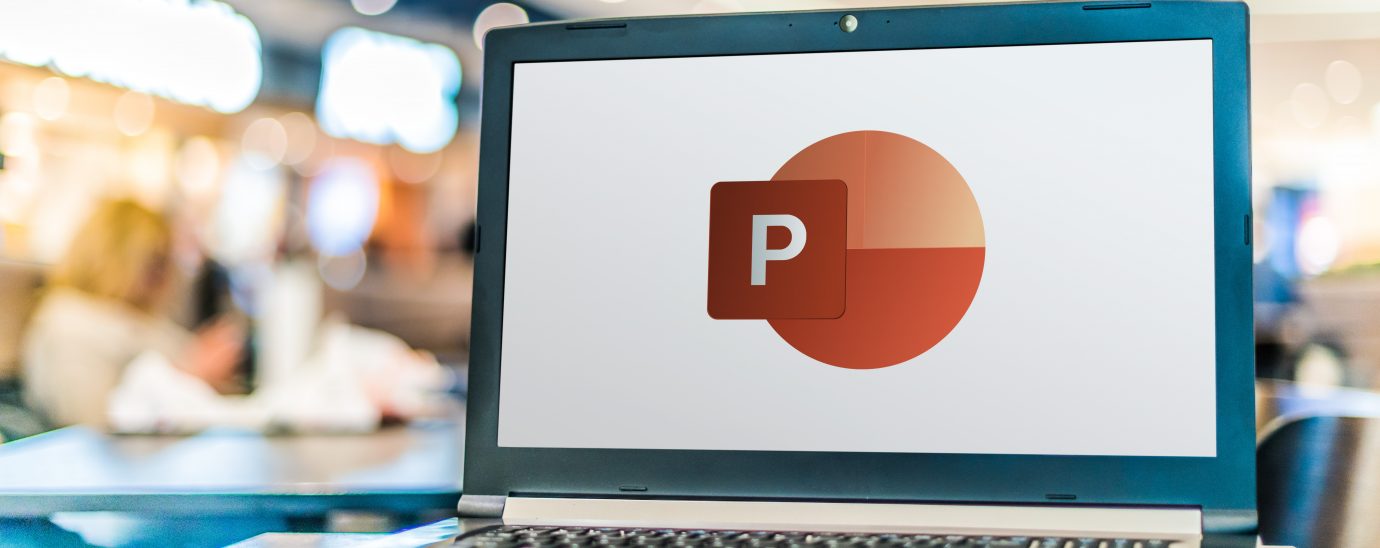PowerPoint is more dangerous than ever

In its latest findings, McAfee has discovered that there has been a surge in malicious PowerPoint documents.
McAfee has discovered a new trend in cyberattacks that has risen this year: the phishing campaign that utilizes macro capabilities available in Microsoft PowerPoint.
How is an attack launched?
An attacker will send a spam email with a PowerPoint document attached. When the user opens the PowerPoint, the VBA macro executes to deliver variants of the well-known password stealer, AgentTesla.
What is AgentTesla?
AgentTesla is a RAT (Remote Access Trojan) malware that was discovered in 2014. RATs like this are used as a MASS (Malware-As-A-Service) for attackers to steal under credentials via screenshots, keylogging, and clipboard information.
From Q1 to Q2, McAfee has seen PPT malware attacks triple in 2021. In these attacks, the spam email contains an attached file with a .ppam extension, a PowerPoint file containing VBA code. The sentiment used was finance-related themes such as: “New PO300093 Order” as shown below, where the attachment’s filename is “300093.pdf.ppam”.
PPAM files were first introduced in 2007 upon the release of Microsoft Office 2007. It is a PowerPoint macro-enabled Open XML add-in file and contains features that extend default PowerPoint Functions.
Since PowerPoint supports ‘add-ins’ developed by third parties to add new features, attackers abuse this feature to automatically execute macros. To learn more about how McAfee breaks down how to track the files released from the macros here.
READ MORE:
- ESET launches phishing derby for channel partners
- Proofpoint and Ponemon Institute reveal skyrocketing phishing costs
- 7 strong authentication practices for zero trust
- 8th worst in Europe: Cybersecurity for UK business
Symptoms of a wider issue
Earlier this year, Proofpoint and leading cybersecurity and top IT security research organization, Ponemon Institute, released a new study examining the Cost of Phishing. The report has revealed that the cost associated with phishing attacks has almost quadrupled in the last six years. As a result, large companies in the US are losing an average of US$14.8mn annually, or $1,500 per employee. This is a drastic $3.8mn increase from 2015’s figure.
For more news from Top Business Tech, don’t forget to subscribe to our daily bulletin!
